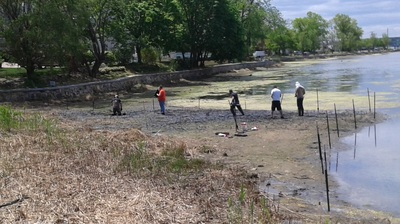Conservation
The Nassau County Soil & Water Conservation District provides “on the ground” assistance for soil and water resources to promote the health, safety, and welfare of residents in their respective communities. On this page you will learn about the work we have done to protect species from extinction, maintain native habitats as well as ecological restoration and helping protect our local bio-diverstiy. The Nassau County Soil and Water Conservation District office is located whithin the Muttontown Preserve and assists with protecting it's local ecology.
Explore below some of the conservation work we do.
Seeking Volunteers & Interns
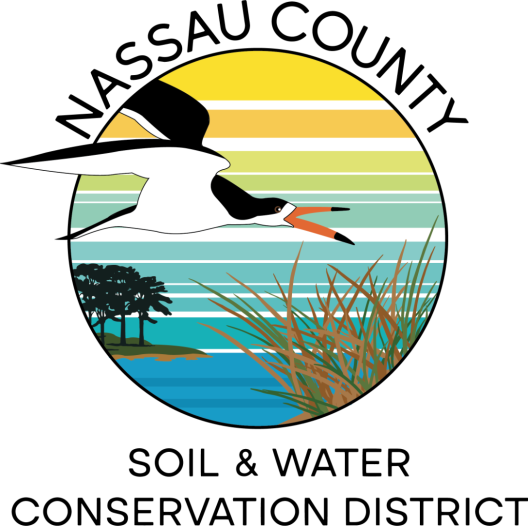
Interested in protecting your local resources? Looking for a chance to give back to your community?
The Nassau County Soil and Water Conservation District is currently seeking volunteers to help implement various environmental projects. No experience required. Weekend opportunities available.
Wildlife Conservation
Nassau County is a unique place to live and work. The glaciers created the topography of Long Island that we know today. The Native Americans, the island's first inhabitants, lived here for the great climate, abundant marine life, and the island's forests and soil for growing crops.
Native and Invasive Species Education
Long Island is home to many native bat species. Nassau County SWCD recently planted a Bat Box in Pond Park, Great Neck Estates.
Once established, this will provide a vital habitat for the native Little Brown Bat (Myotis lucifugus). Native bat species help control populations of mosquitoes, beetles, and other pests. A single little brown bat can catch 600 mosquitoes in just one hour! Bats also help with pollination.
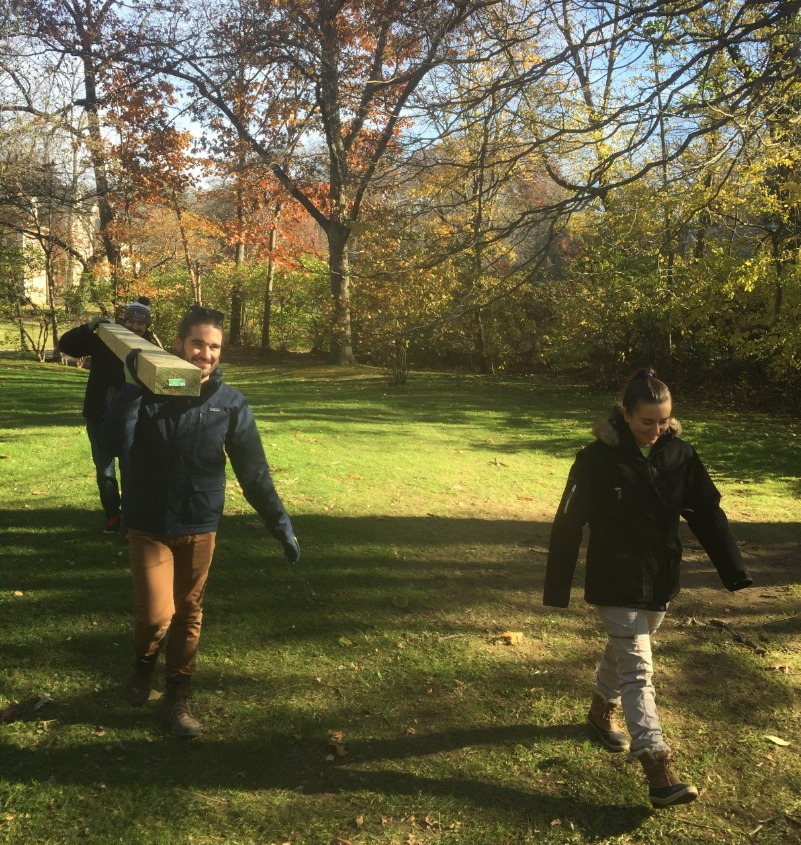
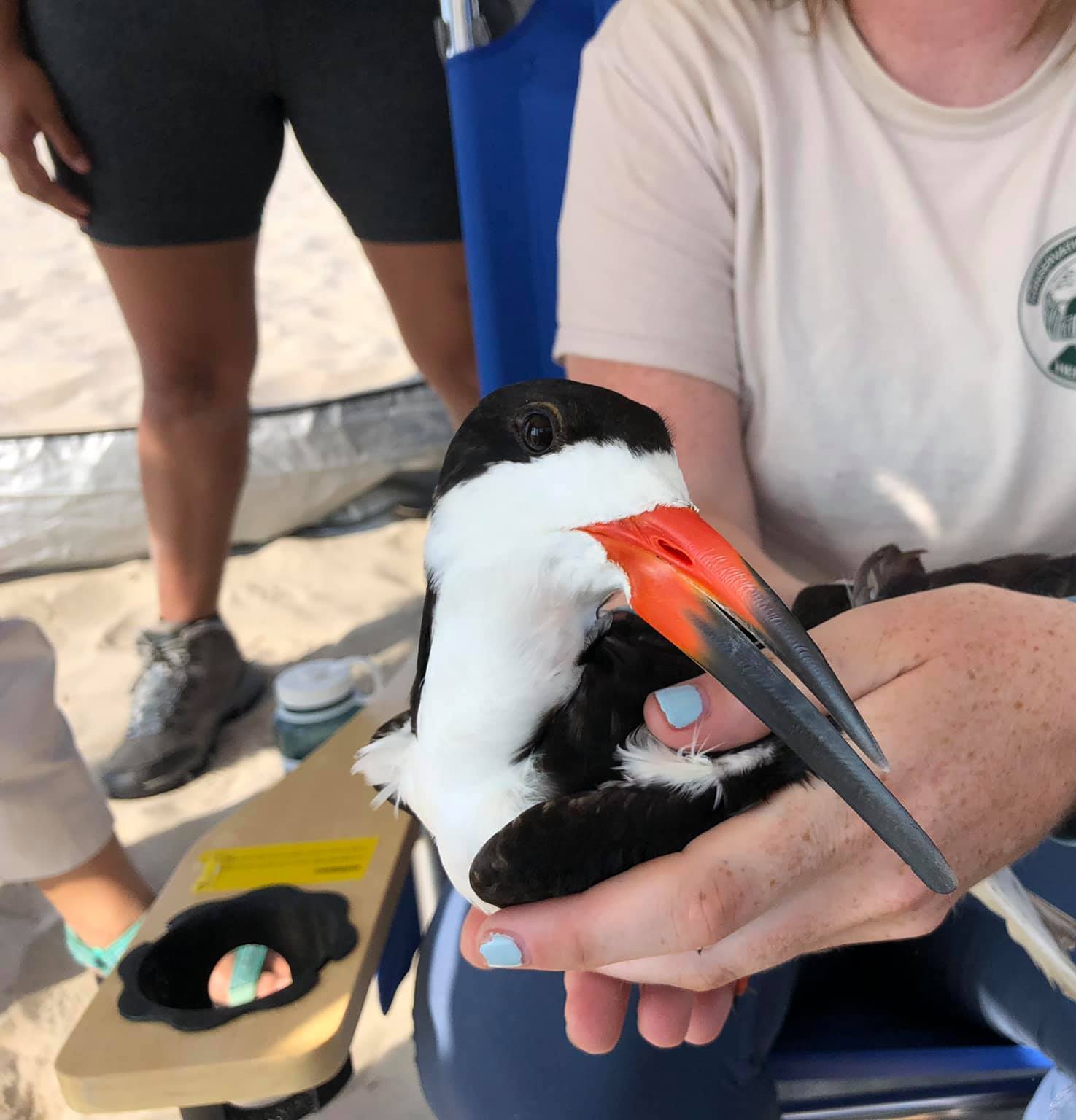
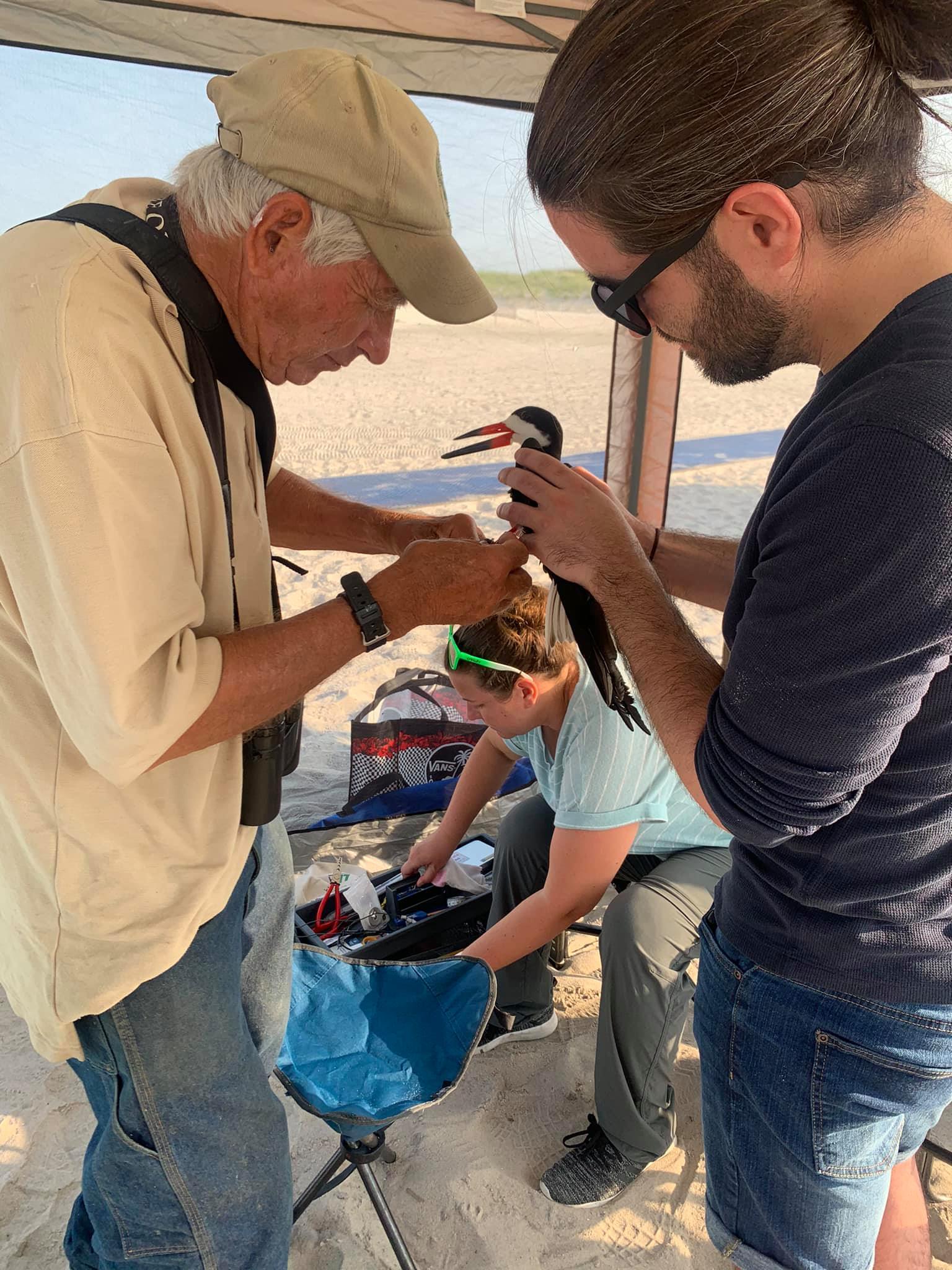
Black Skimmer Monitoring
Black Skimmers are a prominent species of migratory seabirds found on Long Island's South Shore and were at the center of two NCSWCD projects.
Kate Robb from the Town of Hempstead's Department of Conservation & Waterways managed a citizen science project that surveyed beachgoers about their knowledge and interest in ethical wildlife photography. The survey resulted in 50 Skimmer photo submissions from photographers!
The District also assisted with bird-banding events at Nickerson Beach in partnership with the University of Oklahoma's Aerocology Group in an attempt to better understand the species' migratory habits.
Water Quality Improvements
Water quality is inherently important in a place like Long Island, where we drink from the groundwater collected in our aquifers. There are many moving parts that contribute to good water quality. Green Infrastructure, like permeable pavement and rain gardens, can help increase the amount of water infiltrating into the ground, recharging our aquifers. Being surrounded by water, coastal erosion and accretion are in a constant flux. The Nassau County Soil & Water Conservation District helps prevent these issues with various green infrastructure projects.
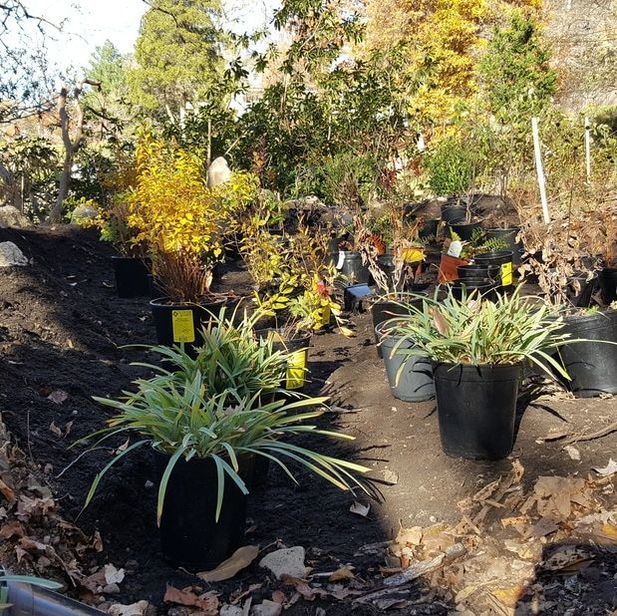
Planting for Clean Water
Nassau County SWCD helped build Rain Gardens with the help of a grant from the National Fish and Wildlife Foundation. Helping reduce pollution and excess nutrients carried by stormwater. These gardens were strategically located in areas with impermeable surfaces to collect the most stormwater runoff.
Ecological Restoration at Mill Pond
Nassau County SWCD helped restore the coastline at Mill Pond by removing invasive plants threatening the health of the coastline. The area was replanted with Spartina alterniflora, also known as cordgrass (an essential native deciduous grass that is a perennial found in many intertidal wetlands), to help reduce erosion and improve water quality.
